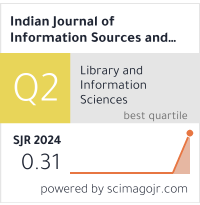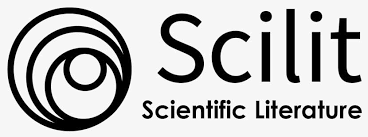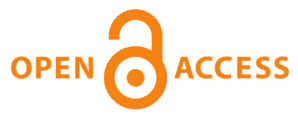Reading Preference of the Library Users: Print Vs Electronics at Amrita Vishwa Vidyapeetham, Coimbatore, Tamil Nadu, India
DOI:
https://doi.org/10.51983/ijiss.2018.8.2.526Keywords:
Reading preferences- Academic Reading format, Print – Digital-format, Amrita Vishwa VidyapeethamAbstract
The result of the study is to access the influence of print and digital media among the engineering students and other disciplines of Amrita Vishwa Vidyapeetham, Coimbatore. For the purpose of data collection, questionnaires were distributed among 250 students of the University. The findings reveal that more students are digitally literate and engaged with both print and electronic media. The study realized the convenience of online reading to print media. Students are found engaged to online media more. One of the significant finding of the study is that students prefer print sources to comprehend better than from online media. Email and internet browsing were the most preferred services used every day by the majority of respondents. Majority of the users had laptop and smartphones for internet access. Regular evaluation and assessment have to be conducted to determine whether the print media and digital resources are effectively used by the students and also to find their changing needs. The study makes stress on the value of the printed word for learning and academic development.
References
Liu, Z. (2006). Print vs. electronic resources: A study of user perceptions, preferences, and uses. Information Processing & Management, 42(2), 583-592.
Clark, C., & Rumbold, K. (2006). Reading for pleasure: A research overview. Retrieved from http://www.literacytrust.org.uk/research/Reading%20pdf
Spencer, C. (2006). Research on learners’ preferences for reading from a printed text or from a computer screen. Journal of Distance Education, 21(1), 33-50.
Puksand, H. (2014). The reading preferences of Estonian adolescents: Reading in changing society, 166-177. University of Tartu Press.
Boustany, J. (2015). Print vs. electronics: What do French students prefer in their academic reading materials? In The Third European Conference on Information Literacy (ECIL), Tallinn, Estonia.
Kruger, J. L., & Steyn, F. (2014). Subtitles and eye tracking: Reading and performance. Reading Research, 49(1), 105-120.
Mizrachi, D. (2015). Undergraduates: Academic reading format preferences and behaviors. Journal of Academic Libraries, 41, 301-311.
Baron, N. S. (2013). Redefining reading: The impact of digital communication media. PMLA, 128(1), 193-200.
Duki, D., & Striskovic, J. (2015). Croatian University students’ use and perception of electronic resources. Library and Information Science Research, 37, 244-253.
Liu, Z., & Huang, X. (2008). Gender differences in the online reading environment. Journal of Documentation, 64(4), 616-626.
Annand, D. (2008). Learning efficacy and cost-effectiveness of print versus e-book instructional material in an introductory financial accounting course. Journal of Interactive Online Learning, 7(2), 152-164.
Shelburne, W. A. (2009). E-book usage in an academic library: User attitudes and behaviors. Library Collections, Acquisitions, & Technical Services, 33, 59–72.
Szapkiw, A. J. R., Courduff, J. C., Carter, K., & Bennett, D. (2013). Electronic versus traditional print textbooks: A comparison study on the influence of university students’ learning. Computers & Education, 63, 259–266.
Downloads
Published
How to Cite
Issue
Section
License
Copyright (c) 2018 The Research Publication

This work is licensed under a Creative Commons Attribution-NonCommercial-NoDerivatives 4.0 International License.









